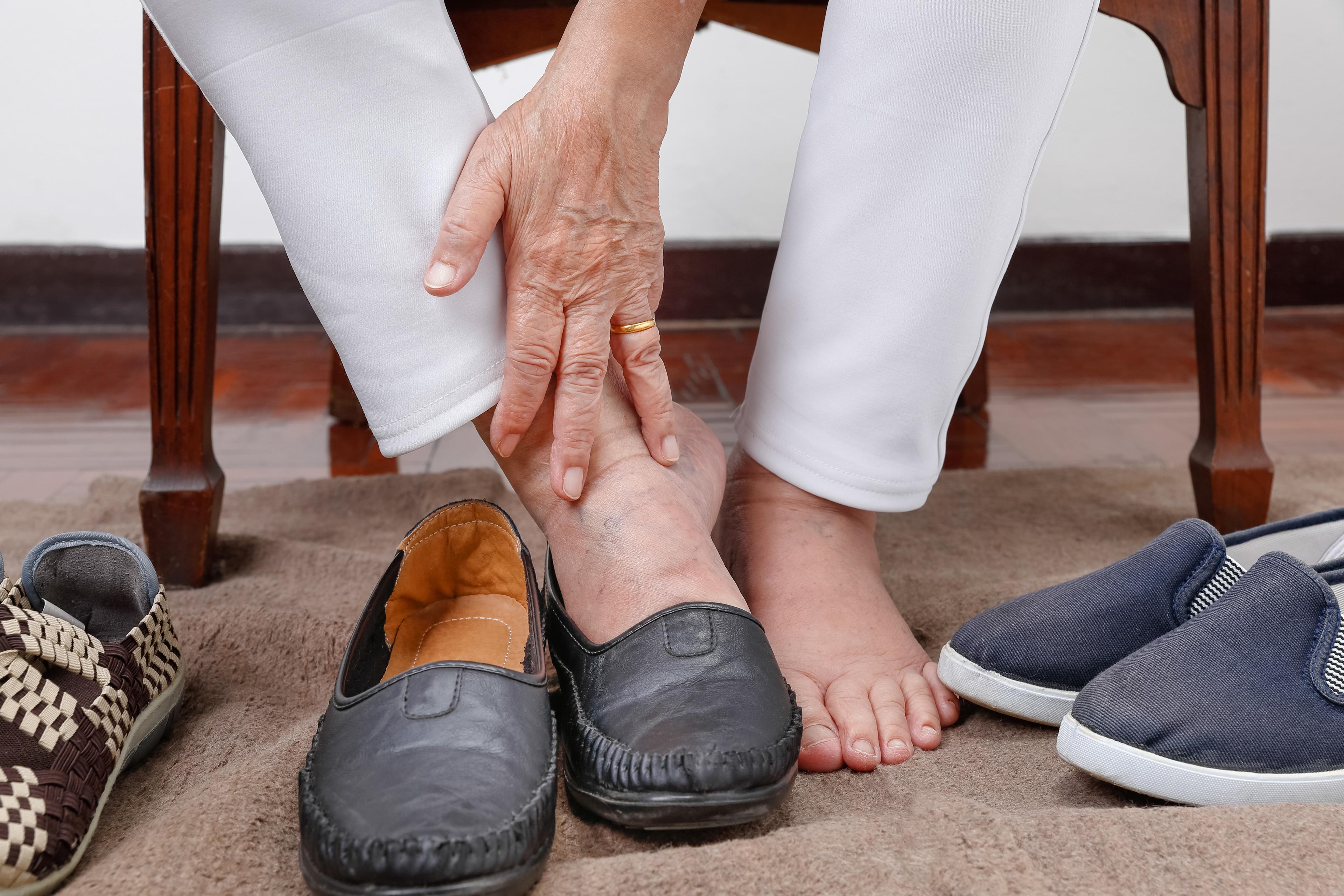What is Iron Overload?
Amy Barczy
| 2 min read
Amy Barczy is a former brand journalist who authored content at Blue Cross Blue Shield of Michigan. Prior to her time at Blue Cross from 2019-2024, she was a statewide news reporter for MLive.com. She has a decade of storytelling experience in local news media markets including Lansing, Grand Rapids, Holland, Ann Arbor and Port Huron.

Iron overload, known as hemochromatosis, occurs when the body absorbs and stores more iron than it needs. Over time as the iron builds up in tissues and organs, they can become damaged and without treatment, eventually fail.
There are two main types of hemochromatosis:
- Primary hemochromatosis: This is an inherited disease, and is one of the most common genetic disorders in the U.S. It affects about one million people, mainly Caucasians individuals of Northern European descent.
- Secondary hemochromatosis: This form of the disease is the result of another health condition, often anemia or liver disease.
Other types include juvenile hemochromatosis, and neonatal hemochromatosis.
How iron overload affects the body
The body needs iron to function. Too much iron can be toxic to the body’s organs.
When the body is affected by hemochromatosis, the body absorbs more iron than it needs as hormones that normally control iron absorption are affected. The liver, heart, pancreas and other organs store iron in quantities beyond what the body needs. Over time, this can cause damage that could lead to organ failure, or other chronic conditions.
Without medical treatment, people with iron overload can have several health complications, including:
- Liver problems, including cirrhosis and liver failure
- Diabetes
- Heart issues and abnormal rhythms
- Reproductive problems in men and women
- Changes in skin color
Risks for iron overload
Genetics play a significant factor in hemochromatosis. Other risk factors including ethnicity, as hereditary hemochromatosis is more common in people of Northern European descent.
Risks for men and women vary depending on their age. Men are more likely to develop hemochromatosis earlier than women; yet later in life, women are more likely to develop the condition after menopause or a hysterectomy.
Symptoms of iron overload
Often, hemochromatosis may show no early symptoms; or symptoms may overlap with other conditions in a way that makes it difficult to distinguish.
When symptoms do present, the most common symptoms are:
- Abdominal pain
- Heart problems
- Joint pain
- Lack of energy
- Loss of sex drive
- Weakness
- Weight loss
When to see a doctor
If you’re experiencing symptoms of hemochromatosis, talk with your health care provider about your concerns. They can recommend further testing to help determine your diagnosis and recommend a course of treatment. Doctors may ask if you have any family members with hemochromatosis, as the condition can be hereditary.





